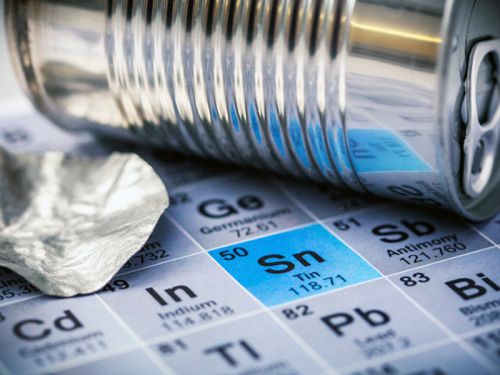Topological insulators by default mean heavy and electron-rich elements however, recent research at sub atomic levels are changing this age-old fact. Researchers have been fascinated with this evolved class of material.
According to Wikipedia, A topological insulator is a material with time reversal symmetry and trivial topological order, that behaves as an insulator in its interior but whose surface contains conducting states, meaning that electrons can only move along the surface of the material.
Scholars last year confirmed that heavy metals like uranium and plutonium could be used as a source for the topological insulators at room temperature. Taking a step li’l further, researchers at U.S. Department of Energy’s (DOE) SLAC National Accelerator Laboratory and Stanford University simulated a topological insulator to a single atomic layer morphing it to a two-dimensional material like graphene. With the result that edges become conductors while the rest remained as an insulator.
Researchers christened their evolved element as “Stanene” suffix being taken from graphene. They envision it being a “wonder material” quite similar to graphene. Preliminary computation makes it world’s first material that gives 100 percent efficiency in terms of conducting electricity at temperatures that computer chips operate.
Shoucheng Zhang, a physics professor at Stanford said,
Stanene could increase the speed and lower the power needs of future generations of computer chips, if our prediction is confirmed by experiments that are underway in several laboratories around the world.
Experiments are still being done and researches are being carried on but still one question that looms on every new “wonder material” is, would it be able to replace silicon, as is the case with Graphene and Carbon Nanotubes. Would Stanene become the new building block for circuit structures, Silicon are you listening?




